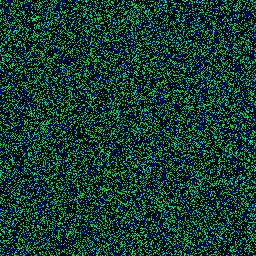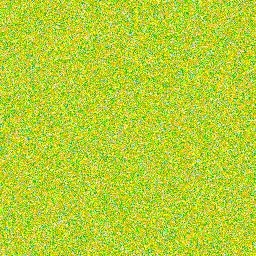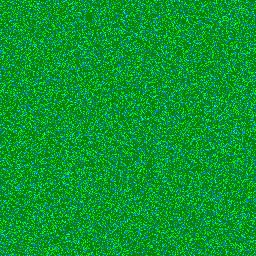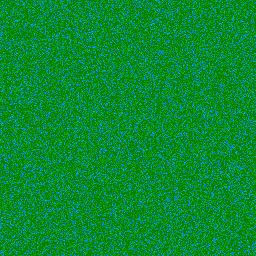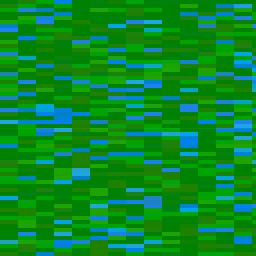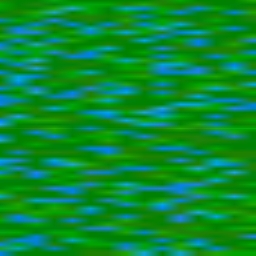|
We can smoothe the texture by
adjusting the 'dynamic range' of the
colours.
For example, after suppressing the
red, we can manipulate the green component
(just its maximum/minimum value, not its
frequency in the texture)
Here we increase the green minimum
and then reduce its maximum.
The result is a smoother, flatter
texture, with none of that swirling
'boiling fluid' structure we normally
see.
| 

